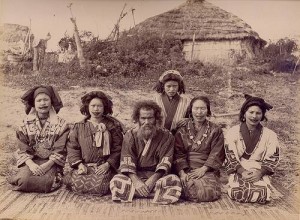Rasta Science:
Insulin-dependent Type 1 diabetes mellitus (T1DM) is an autoimmune disease resulting in destruction of insulin-producing pancreatic; cells, a process that is assumed to be mediated mainly by CD4 Th1 and CD8 T lymphocytes [125]. In rodents, T1D is induced by administration of multiple low doses of streptozotocin (MLDSTZ). This model is used for studying autoimmune processes associated with pancreatic -cell pathogenesis. A study performed by Li et al. indicated that Delta 9-THC could exert a transient attenuation of MLDSTZ-induced autoimmune diabetes. Δ9-THC treated (150 mg/kg) CD-1 mice exhibited reduced hyperglycemia and a significant decrease in the loss of pancreatic insulin. MLDSTZ-induced insulitis was also significantly attenuated by decreases in CD3+ inflammatory cells in the pancreatic islets and in mRNA expression for IL-12, IFN y and TNF a. It was suggested that in this model, the autoimmune component was most effectively modulated by Delta 9-THC treatment [126]. Similarly, CBD treatment has been shown to significantly inhibit and delay destructive insulitis and inflammatory Th1-associated cytokine production in nonobese diabetes-prone (NOD) female mice. CBD-treated mice exhibited significant reduction of plasma levels of the proinflammatory cytokines IFN y and TNF a, whereas production of the Th2-associated cytokines IL-4 and IL-10 was increased when compared with untreated control mice, thus shifting the immune response from Th1 to Th2 dominance [127]. A recent study indicated that treatment of 11–14-week-old female NOD mice, either in a latent diabetes stage (after 14 weeks) or with initial symptoms of diabetes (appearing up to 14 weeks) with CBD for 4 weeks, could lead to sustained inhibition of insulitis [128]. CBD treatment inhibited specific destruction of the islets and reduced the infiltrates by mononuclear cells into the islets, thus preventing diabetes. Furthermore, cannabinoids have also been demonstrated to possess additional beneficial effects in animal models of diabetes. It has been reported that rats treated with CBD for periods of 1–4 weeks experienced significant protection from diabetic retinopathy [129]. Cannabinoids have also been shown to alleviate neuropathic pain associated with the disease. Mice injected with a cannabis receptor agonist experienced a reduction in diabetic-related tactile allodynia compared with nontreated controls [130]. Thus, cannabinoids can be considered useful for controlling T1D due to their anti-inflammatory properties.




